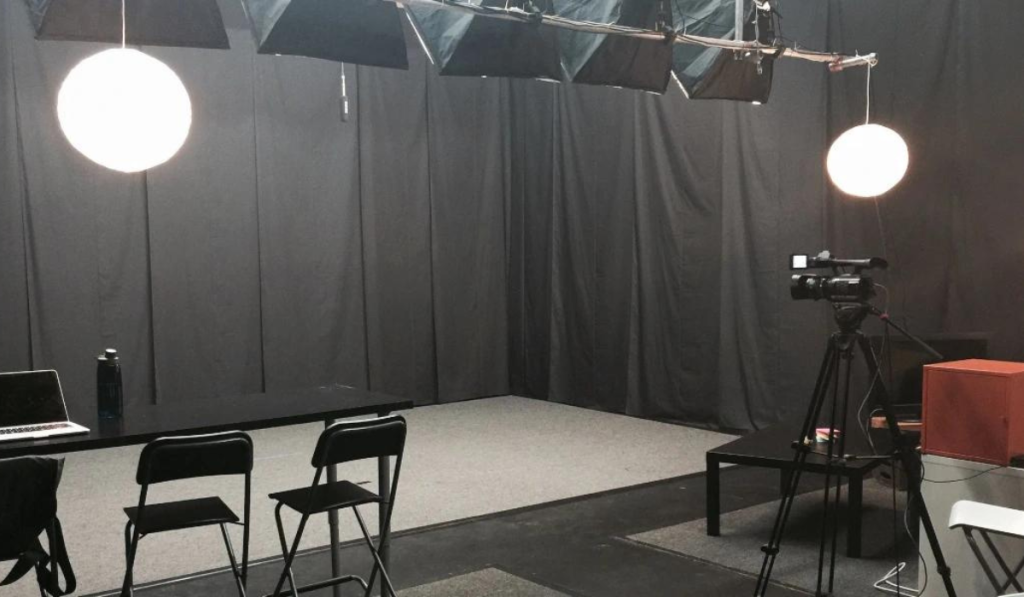
Using the Back Casting Room: Everything You Need to Know About This Game-Changing Approach
Imagine trying to solve a puzzle without a picture of what the finished product should look like. That’s often how traditional planning and forecasting feel—you’re just guessing what might happen based on current trends. Enter the back casting room, a revolutionary concept that flips the script. Instead of starting from where you are and predicting forward, backcasting begins with a clear vision of the future and works backward to outline the steps needed to get there. This approach has gained popularity for its ability to foster innovation, align teams, and create actionable strategies. However, it’s not without challenges; implementing backcasting requires a shift in mindset and a well-structured process to be truly effective. In this guide, we’ll explore what a back casting room is, how it can benefit your projects, and provide tips for getting started.

Table of Contents
What Exactly is a Back Casting Room?
A back casting room is a dedicated space where teams collaborate to engage in the strategic planning method known as backcasting. The concept is simple: instead of predicting the future based on current trends (forecasting), you start by envisioning a successful end goal and work backward to identify the steps needed to reach it.
How Backcasting Works
- Step 1: Define a clear, future objective—whether it’s launching a new product, achieving a sustainability target, or completing a creative project.
- Step 2: Work backward to map out key milestones and actions required to achieve that goal.
- Step 3: Develop a detailed plan with specific tasks, deadlines, and responsibilities.
The goal of a back casting room is to foster creativity and collaboration, allowing team members to think beyond current limitations and focus on long-term success.
Why Choose Backcasting Over Traditional Forecasting?

1. Clarity and Focus
Backcasting provides a clear direction by starting with the end goal in mind. Instead of getting lost in day-to-day operations or reacting to market trends, teams can stay focused on what truly matters.
2. Encourages Innovation
Because backcasting is future-oriented, it encourages out-of-the-box thinking. This method is particularly beneficial for organizations seeking to break free from industry norms and create disruptive solutions.
3. Aligns Team Efforts
Back casting rooms are designed to bring people together, ensuring that everyone is aligned on the same vision. This reduces misunderstandings and ensures that all efforts are working toward a common objective.
4. Adaptability
One of the most significant advantages of backcasting is its flexibility. As new challenges or opportunities arise, plans can be adjusted while still staying true to the overall vision.
Setting Up a Back Casting Room: The Essentials
Thinking of setting up your own back casting room? Here’s what you’ll need to get started:
1. Comfortable Space
A well-designed, comfortable room that encourages creativity and collaboration is essential. Think ergonomic chairs, a spacious layout, and plenty of natural light.
2. Visual Aids
Having whiteboards, flip charts, or large monitors is crucial for brainstorming and visualizing the process. These tools will help your team clearly map out the steps needed to achieve your vision.
3. Collaboration Tools
Using project management software like Trello, Asana, or Miro can streamline the planning process, especially if you’re working with remote teams. Digital tools can also help you keep track of progress and make adjustments in real-time.
4. Data and Resources
Access to relevant data, reports, and research materials will ensure that your backcasting process is grounded in reality. This way, your plans will be both visionary and achievable.
Industries and Use Cases for Back Casting Rooms
While backcasting is traditionally associated with environmental planning and sustainability projects, its versatility makes it applicable across multiple industries. Here’s how different sectors can benefit:
1. Film & Media Production
Backcasting is excellent for planning film productions, where it’s essential to start with the vision of the final product and work backward to organize the shooting schedule, budgets, and resources.
2. Corporate Strategy
Businesses can use backcasting to define long-term growth objectives, such as entering a new market or achieving a specific revenue target. This approach allows companies to focus on big-picture goals without getting bogged down in short-term challenges.
3. Environmental & Sustainability Initiatives
Organizations focused on sustainability can use backcasting to set ambitious targets for reducing carbon emissions or achieving zero waste. This method allows them to develop actionable steps to meet these goals, even if current technologies or resources are limited.
4. Organizational Change Management
When navigating significant changes like mergers or restructuring, backcasting helps organizations ensure a smooth transition. By starting with the desired outcome, they can identify the necessary steps to get everyone on board.
Common Challenges of Using a Back Casting Room
While backcasting offers numerous benefits, it does come with its challenges. Here’s what to watch out for:
1. Requires a Shift in Mindset
Traditional planners may find it challenging to switch from forecasting to backcasting. The method requires thinking outside of the box and focusing on possibilities rather than constraints.
2. Can Be Time-Consuming
The initial stages of backcasting can take longer than traditional planning because it involves more brainstorming and collaboration. However, the clarity and direction it provides often save time in the long run.
3. Needs Continuous Adaptation
As the project progresses, you may need to revisit your backcasting plans to adjust for new developments. Flexibility is key, but this can be challenging for teams accustomed to rigid plans.
How to Run a Successful Backcasting Session
If you’re ready to dive into backcasting, here’s a simple guide to conducting a productive session:
- Define Your Vision: Start by clearly outlining the end goal. Ensure everyone understands what success looks like.
- Work Backwards: Collaborate with your team to identify key milestones and the actions required to reach them.
- Assign Roles: Break down tasks into actionable steps and assign them to specific team members.
- Review & Adjust: Schedule regular check-ins to track progress and make adjustments as necessary.
- Celebrate Wins: Don’t forget to acknowledge achievements along the way to keep the team motivated.
Frequently Asked Questions
Q1: What is the main difference between backcasting and forecasting?
Backcasting starts with a clear vision of the future and works backward, while forecasting predicts future outcomes based on current trends.
Q2: Can small businesses benefit from backcasting?
Yes! Small businesses can use backcasting to set long-term goals like expanding into new markets or launching a new product line. It helps focus efforts on what truly matters.
Q3: Is backcasting suitable for personal projects?
Absolutely. Whether it’s planning a major life change, writing a book, or even saving for retirement, backcasting can help you map out the steps needed to achieve your personal goals.
Q4: How often should backcasting sessions be held?
It depends on the scope of your project. For ongoing initiatives, quarterly sessions can be effective. For shorter-term projects, monthly check-ins may suffice.
Q5: Do I need special software for backcasting?
While not required, using digital tools like Miro or Asana can make the process more efficient, especially for remote or hybrid teams.
Conclusion
Whether you’re a business leader, creative professional, or simply someone looking to achieve big goals, the concept of a back casting room can transform the way you plan. By starting with a clear vision of the future and working backward, you can create a detailed roadmap that guides your team toward success. While it may require a shift in mindset and some upfront effort, the benefits of backcasting—clarity, innovation, and strategic alignment—make it well worth the investment.
So, if you’re tired of reactive planning and want a more proactive, goal-driven approach, give backcasting a try. You just might find it’s the missing piece to unlocking your project’s full potential.
